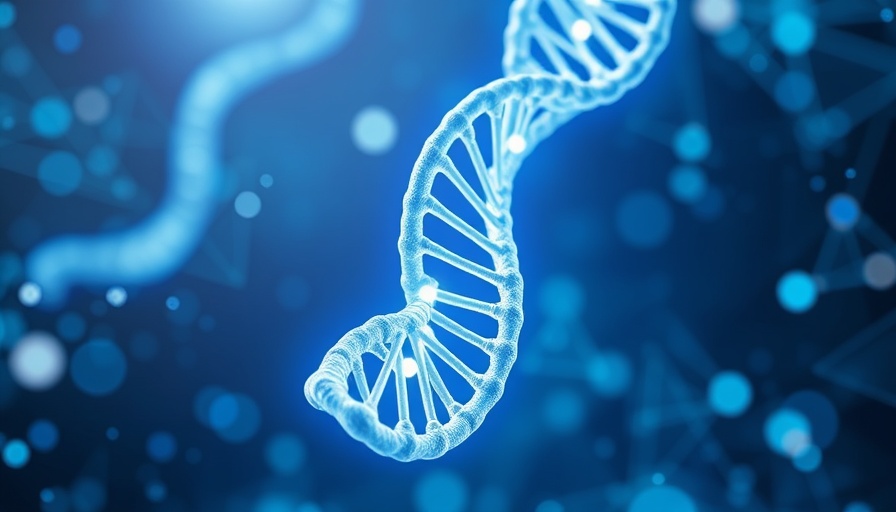
Understanding Genetics: The Blueprint of Life
Genetics is a captivating field that dives deep into the study of genes and heredity, defining how traits are conveyed from one generation to another via our DNA. Essentially, a gene is a segment of DNA that contains instructions vital for constructing proteins necessary for bodily functions. Remarkably, humans carry around 20,000 genes, which comprise merely 1% of our total DNA content. The remaining DNA, while not coding for proteins, possesses crucial regulatory functions that scientists are continually investigating. This hidden 99% may hold secrets to understanding complex biological processes and health outcomes.
The Structure of DNA: Twisted Ladder of Instructions
Visualize DNA as a twisted ladder, known as a double helix. The backbone consists of sugars and phosphates, while the rungs are made of paired building blocks—adenine, thymine, guanine, and cytosine. The unique arrangement of these bases in sequences determines the blueprints for producing essential molecules like proteins. Each human gene can range from 1,000 to an astonishing 1 million base pairs, illustrating the complex instructions that dictate our biological makeup.
Genetic Variation and Its Impact on Health
While 99.9% of our DNA is identical to that of every other person, the minute differences among individuals result in unique traits and characteristics. Some of these genetic variations are benign, while others can have significant implications for health. Certain variants can lead to the misfolding of proteins, affecting their function and potentially causing diseases. Moreover, specific gene variants can also influence a person's response to medications, highlighting the importance of tailored health approaches in concierge medicine practices.
Epigenetics: How Environment Shapes Our Genes
Beyond genetics lies the fascinating field of epigenetics, which studies how external factors can impact gene expression without altering the underlying DNA sequence. For instance, factors like diet, stress, and exposure to toxins can leave molecular tags on DNA or histones, effectively turning genes on or off. Understanding these nuances could empower healthcare providers in personalized patient care, equipping them to guide lifestyle choices that promote health and well-being.
Genetics vs. Genomics: What’s the Difference?
As we explore the world of genetics, it's crucial to clarify its relationship with genomics. While genetics focuses on individual genes and inheritance, genomics encompasses the entire genome and examines interactions among genes as well as their effects on health alongside environmental factors. This distinction is pivotal in modern medicine as practitioners look to leverage genetic information to enhance patient care strategies.
The Future of Genetics in Concierge Medicine
By integrating genetic insights into their practices, concierge medical providers can tailor wellness strategies that resonate deeply with patients, addressing their unique concerns. Understanding genetics can aid in identifying predispositions to health conditions, allowing for proactive interventions that promote wellness. This not only enhances patient care excellence but also secures the practice's position as a leader in sophisticated, personalized medical solutions.
In conclusion, as concierge medical practice owners, embracing the science of genetics equips you with powerful tools to enhance patient relationships and promote overall wellness. By demystifying genetics for your patients, you can create a culture of informed participation in health management, ensuring they feel empowered regarding their health journey.
 Add Row
Add Row  Add
Add 




Write A Comment